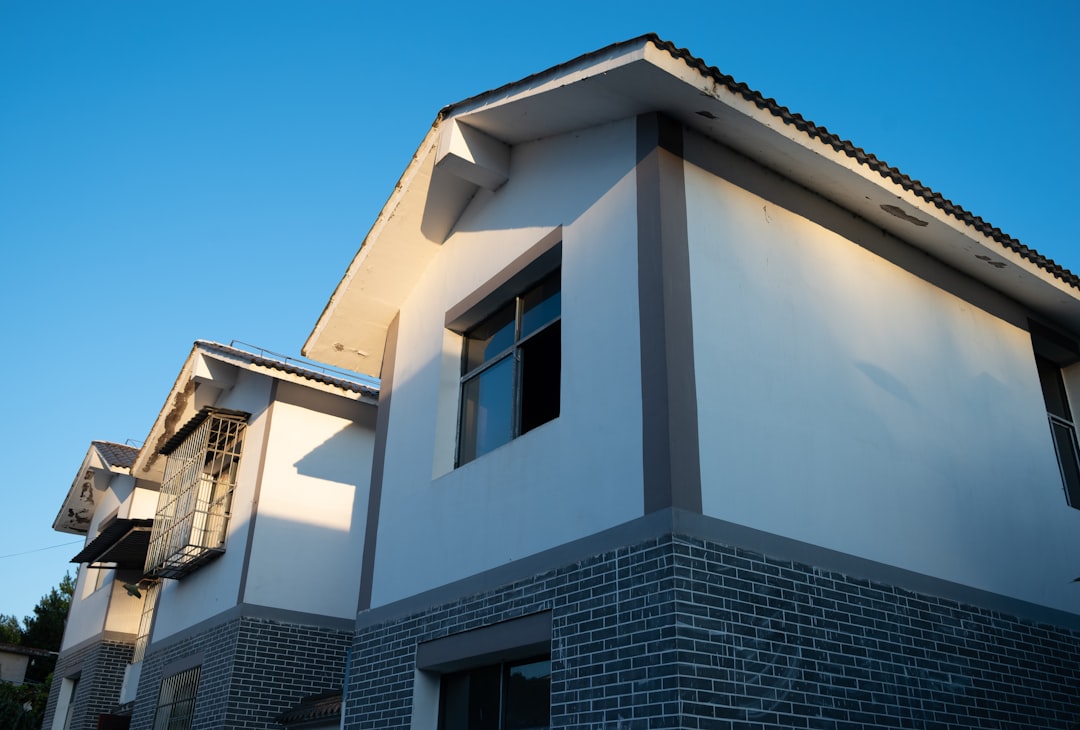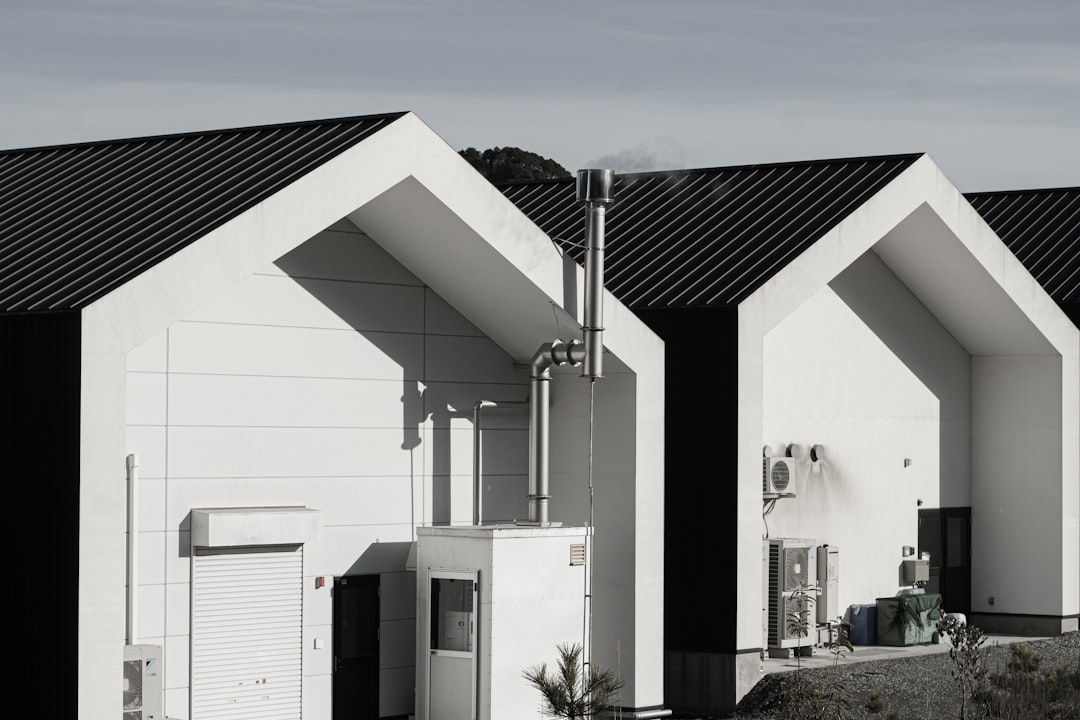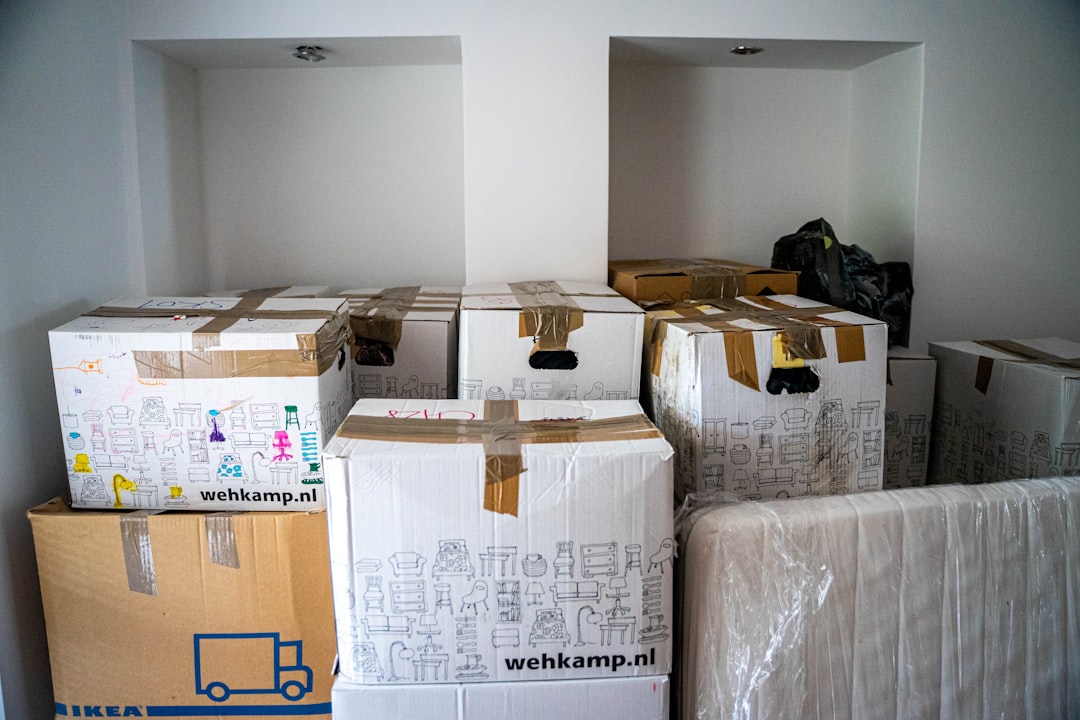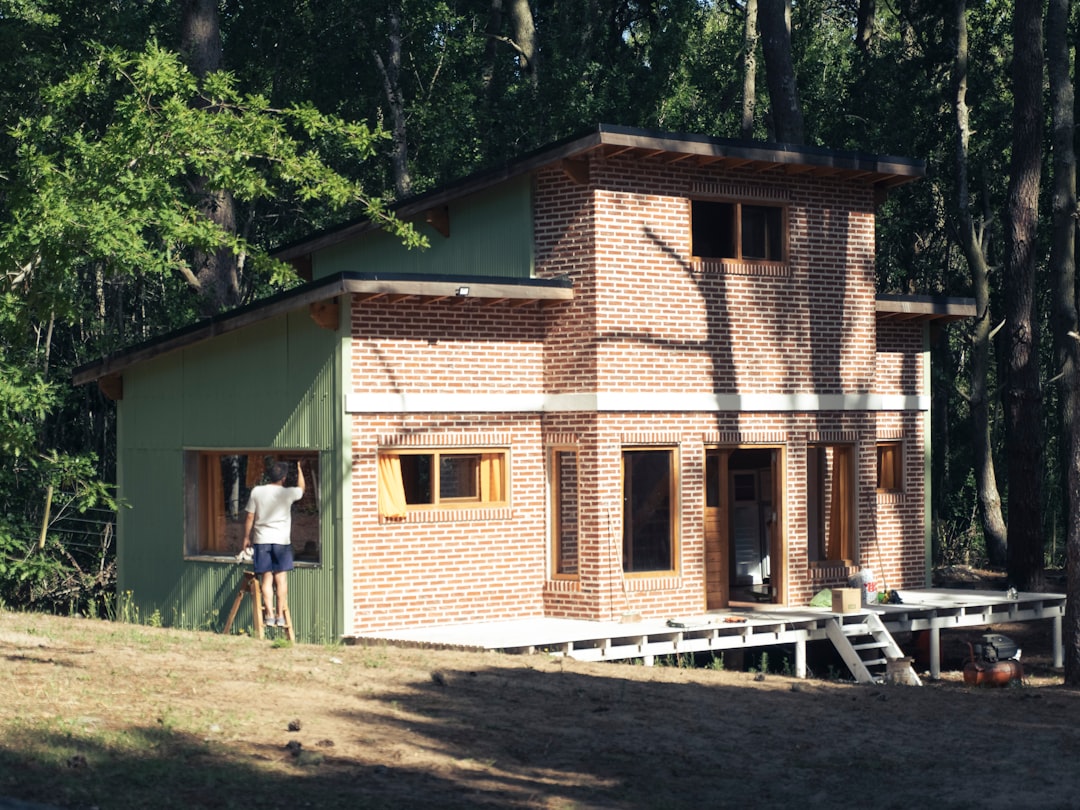

Engage prospects with a scan and streamline customer engagement with FREE QR code marketing tools by Sona – no strings attached!
Create a Free QR CodeFree consultation

No commitment

Engage prospects with a scan and streamline customer engagement with FREE QR code marketing tools by Sona – no strings attached!
Create a Free QR CodeFree consultation

No commitment
Today’s homebuyers expect seamless, personalized experiences from first inquiry through booking and post-build support. In modular home building, this increasingly means turning physical moments like model home tours, open house visits, and factory walkthroughs into digital actions such as booking consultations, requesting quotes, and saving design options. QR codes in marketing make this shift natural and fast: a single scan takes a prospect from a brochure or showroom display to a form, calendar, or configurator in seconds.
The biggest risk in offline engagement is anonymity. Many high-intent prospects interact with your print materials or tour your models but never complete a form. QR codes reduce that anonymity and eliminate friction. When placed thoughtfully and tracked rigorously, they capture intent signals, feed your CRM, and power timely follow-up across channels. The result is a connected experience that shortens buying cycles and improves attribution (as outlined in Sona’s blog post The Importance of Accurate Revenue Attribution), driving higher conversion rates without adding complexity for your team or your buyers.

QR codes seamlessly connect offline moments like home expos, sales offices, and printed collateral with digital destinations that drive inquiry and booking. For modular home builders, they replace outdated processes such as paper sign-in sheets, static brochures, and handwritten guestbooks with instantly trackable actions that flow into your CRM. The outcome is less manual work, fewer data errors, and more high-intent leads captured while interest is fresh.
Begin by aligning QR code experiences with real buyer questions: pricing ballparks, model availability, floor plan options, energy performance details, and next-step scheduling. Then design each QR moment to deliver fast answers and clear calls to action. This alignment lowers the cognitive load on prospects and removes the common bottlenecks that slow down conversions. Start creating QR codes for free.
QR codes do not just capture data. They elevate the buyer experience with instant access, transparency, and convenience. Paired with dynamic forms, automated enrichment, and CRM integration through platforms like Sona QR, they ensure no high-intent interaction slips through the cracks and every qualified prospect receives timely, relevant follow-up.

Modular home builders face a unique blend of high-consideration decisions and physical showroom engagement. This combination creates gaps between interest and action that undermine conversion and attribution. QR codes close those gaps by moving people from physical interest to digital follow-up in a single scan, all without asking them to type URLs or complete lengthy paper forms. For implementation, see homebuilder best practices.
Beyond convenience, QR codes create measurable touchpoints in channels that used to be opaque. When you can see where, when, and why buyers engage with your materials, you make smarter choices about placements, messaging, and budget. The impact is felt across marketing and sales: clearer attribution, better lead quality, and higher close rates.
In practice, QR codes help you move beyond assumptions. Scans tied to specific models, finishes, and energy features validate demand patterns. Marketing and sales teams can prioritize follow-up based on real buyer intent, not just guesses about who seems interested.
Not every QR code needs to route to the same type of experience. Use the format that best matches the interaction and the outcome you want. In modular home buying, formats that streamline contact saving, scheduling, and content access tend to perform best.
Start by mapping common questions to the appropriate format. If a visitor is in a model home and wants a conversation, a vCard or scheduling link works well. If they are researching from a direct mailer, a landing page that mixes inspiration with a low-friction lead capture is more relevant.
Dynamic QR codes are recommended in nearly every case. They provide tracking, support A/B testing of destinations, and allow post-print edits. Reserve static codes for evergreen content that will never change, such as a general contact page.

Your most fertile opportunities often exist where high intent meets poor capture. In modular home building, that typically includes model homes, live events, and signage that draws organic interest from local traffic. Target these placements first and design QR experiences that directly answer the question in the prospect’s mind at that moment.
Think of QR as the bridge between inspiration and action. If a visitor is looking at a kitchen island, they likely want finishes, dimensions, and pricing options. If they are at the lot boundary reading your sign, they want availability and next steps. Align your destination content with those context clues.
As you collect performance data by placement, the highest converting surfaces will reveal themselves. Double down on those locations with stronger CTAs and richer content, then rework or remove assets that are not pulling their weight.

QR codes shine when they move someone from curiosity to commitment in one clear step. Focus use cases on your most important conversion events: appointments, quotes, and documented customization interest. Each of these use cases can be deployed across print, signage, and in-model touchpoints.
Start with a few high-impact scenarios and expand as your team proves ROI. Use unique codes for each asset to learn which formats and messages perform best.
Each scan becomes a trackable event tied to a clear intent. When paired with campaign tags and UTM parameters, these events can be segmented and scored to prioritize follow-up.
Every scan captures a snapshot of who, where, and why. When you place multiple QR codes across the journey, you can automatically segment audiences based on context and intent. This turns your offline engagements into fuel for timely retargeting through email, SMS, and paid media.
Begin by aligning distinct QR codes with journey stages. For example, awareness codes on billboards or direct mailers indicate early research, while conversion codes on pricing sheets or tour signage indicate readiness to speak with sales. As these audiences grow, use your CRM to trigger nurture flows that reflect the content they scanned.
With Sona QR, scan events can sync to HubSpot, Salesforce, or your MAP to trigger journeys automatically. You can also push tagged audiences to Meta and Google for retargeting, ensuring your ads reflect the exact models or features a prospect explored. For paid activation tactics, see Sona’s Playbook Intent-Driven Retargeting.
QR codes are the connective tissue between your offline presence and digital funnel. They make print and in-person marketing measurable while enabling instant self-serve actions that your sales team can track and influence. A connected plan spreads QR touchpoints across your highest-traffic channels and unifies performance reporting in one platform.
As you integrate QR into your mix, pair each placement with a destination that mirrors prospect mindset. A brochure handed out at a model home should open to floor plans and booking. A billboard should open to a short form with a clear incentive. Always state the benefit next to the code so scanning feels purposeful.
Centralize management with a platform like Sona QR so you can generate codes, monitor performance, and sync scan data to your CRM and ad platforms. This keeps your multi-channel efforts coordinated and makes optimization continuous rather than episodic.
Start by diagnosing your biggest leaks in the funnel. Common leaks in modular home building include untracked showroom visitors, slow appointment scheduling, low response to printed collateral, and abandoned quote requests. Choose a use case that plugs a clear leak and aligns with a business outcome such as increased booked consultations or higher quote conversion.
Choose dynamic codes for trackability and the ability to update destinations without reprinting. Use static codes only for permanent, evergreen pages.
Design influences scannability and trust. A well-framed code with a benefit-driven CTA outperforms a plain square in nearly every context.
Place QR codes where intent is high and conversion friction is common. Coordinate with teams managing events, print production, and showroom operations to ensure timely rollout.
Treat your first launch as a baseline to learn from, not a final verdict. Continuous optimization compounding over months produces the strongest ROI.
Attribution has long been a blind spot in physical marketing. QR codes, when paired with the right analytics stack, illuminate the buyer path from first scan to signed contract. Instead of guessing which brochures or events matter, you can quantify performance by asset, location, and time.
Beyond top-line scan counts, the most valuable insights connect scans to down-funnel actions. Use UTM parameters and dynamic codes to link each scan to a campaign, then pass those events into your CRM to track conversions and revenue. With Sona QR and Sona.com, you can centralize this data and resolve identities over time. See The Essential Guide to Account Identification for more details on journey insights.
Benchmarks vary by market and price point, but many builders see double-digit increases in booked consultations after replacing paper sign-ins with QR booking and a 20 to 40 percent lift in lead capture from brochures once dynamic codes and soft-gated downloads are in place.
Once your first campaigns are live, small improvements can produce outsized gains. The keys are higher scannability, clearer expectations near the code, and automation that keeps the conversation going.
Invest in staff enablement too. When teams proactively invite scans and can confidently explain the benefit, uptake rises significantly and your CRM fills with richer context for follow-up.

Practical examples help teams visualize the art of the possible. The most successful programs make QR interactions feel natural in context, then reward scanners with instant clarity and convenience. These examples can serve as a creative spark for your next campaign.
Across these scenarios, the unifying theme is measurement. Each scan is unique to the asset and journey stage, which means you can trace impact to revenue and repeat what works.
Creative twists can lift engagement further. Consider QR-enabled scavenger hunts during grand openings, or codes on temporary yard signs that unlock time-limited incentives for booking a tour within 48 hours.
QR strategy is equal parts experience design and operational follow-through. Success comes from matching the code to a buyer need, making the promised outcome explicit, and ensuring the next step is fast and mobile friendly.
Avoid technical missteps that limit scans. Codes placed on curved, glossy, or backlit surfaces can be hard to read. Too-small codes, low contrast, or vague CTAs depress scan rates. If in doubt, pilot in a single model home or event and watch how real visitors interact before scaling. See construction-specific challenges.
QR codes have become indispensable for modular home builders seeking to recover missed opportunities, accelerate lead capture, and surface buyer intent that would otherwise go unnoticed. By transforming every offline touchpoint into a measurable digital interaction, builders can nurture prospects more effectively, track engagement in detail, and optimize marketing spend for measurable ROI.
From closing the gap between anonymous browsing and active sales opportunities to enabling smarter, data-driven decisions about which channels drive true results, QR codes supported by robust analytics address longstanding industry pain points and pave the way for more sustainable, customer-centric growth. With platforms like Sona QR for generation and tracking and Sona.com for attribution and identity resolution, modular home builders can connect scans to revenue and deliver the modern buyer experience that today’s market demands.
QR codes have transformed the modular home builders industry from traditional lead generation into a dynamic, measurable conversion engine. Whether it’s streamlining the booking process, enhancing client interactions, or providing instant access to detailed home models and customization options, QR codes replace cumbersome steps with seamless, mobile-friendly actions that capture real-time engagement data and drive qualified leads. Imagine knowing exactly which brochures, site visits, or advertisements turn prospects into booked consultations—and being able to optimize your campaigns instantly.
With Sona QR, you can create dynamic, trackable QR codes in seconds, update your marketing materials on the fly without costly reprints, and connect every scan directly to your revenue pipeline. No missed opportunities, just smarter, more efficient customer acquisition and higher conversion rates. Start for free with Sona QR today and turn every scan into a confirmed booking and a satisfied homeowner.
QR codes reduce anonymity, capture high-intent leads, streamline appointment scheduling, enable instant pricing and customization access, and improve attribution and conversion rates without adding complexity.
They provide instant access to information, reduce friction in booking and pricing exploration, create measurable touchpoints, and enable self-serve content that aligns with buyer intent.
Common formats include web links for landing pages and forms, vCards for saving contact info, SMS or email for quick questions or appointments, brochure downloads, and Wi-Fi access for factory tours.
Effective placements include model homes, open houses and expos, community billboards, construction sites, direct mail campaigns, realtor partner offices, and factory tours or design centers.
They can monitor scan volume, location, and downstream actions, link scans to CRM records for revenue attribution, A/B test CTAs and destinations, and reallocate budget to top-performing channels.
Design codes with high contrast and clear CTAs, use dynamic codes for flexibility and tracking, test codes on multiple devices, place them at eye level on matte surfaces, and pair each code with a relevant destination.
Room-specific QR codes reveal finish and upgrade preferences, scans tied to energy features indicate sustainability interest, and unique codes per asset provide granular data for targeted follow-up.
Yes, QR codes in welcome packets can link to warranty registration, maintenance guides, and referral programs, improving satisfaction, review volume, and generating referral leads.
Dynamic codes enable updating destinations without reprinting, support tracking and A/B testing, and are recommended for campaigns needing attribution and flexibility, while static codes suit evergreen content.
They can segment by buyer journey stage, intent themes like sustainability or budget sensitivity, geography, timing, and buyer profile cues to tailor messaging and prioritize sales follow-up.
Use Sona QR's trackable codes to improve customer acquisition and engagement today.
Create Your FREE Trackable QR Code in SecondsJoin results-focused teams combining Sona Platform automation with advanced Google Ads strategies to scale lead generation

Connect your existing CRM

Free Account Enrichment

No setup fees
No commitment required

Free consultation

Get a custom Google Ads roadmap for your business






Launch campaigns that generate qualified leads in 30 days or less.
